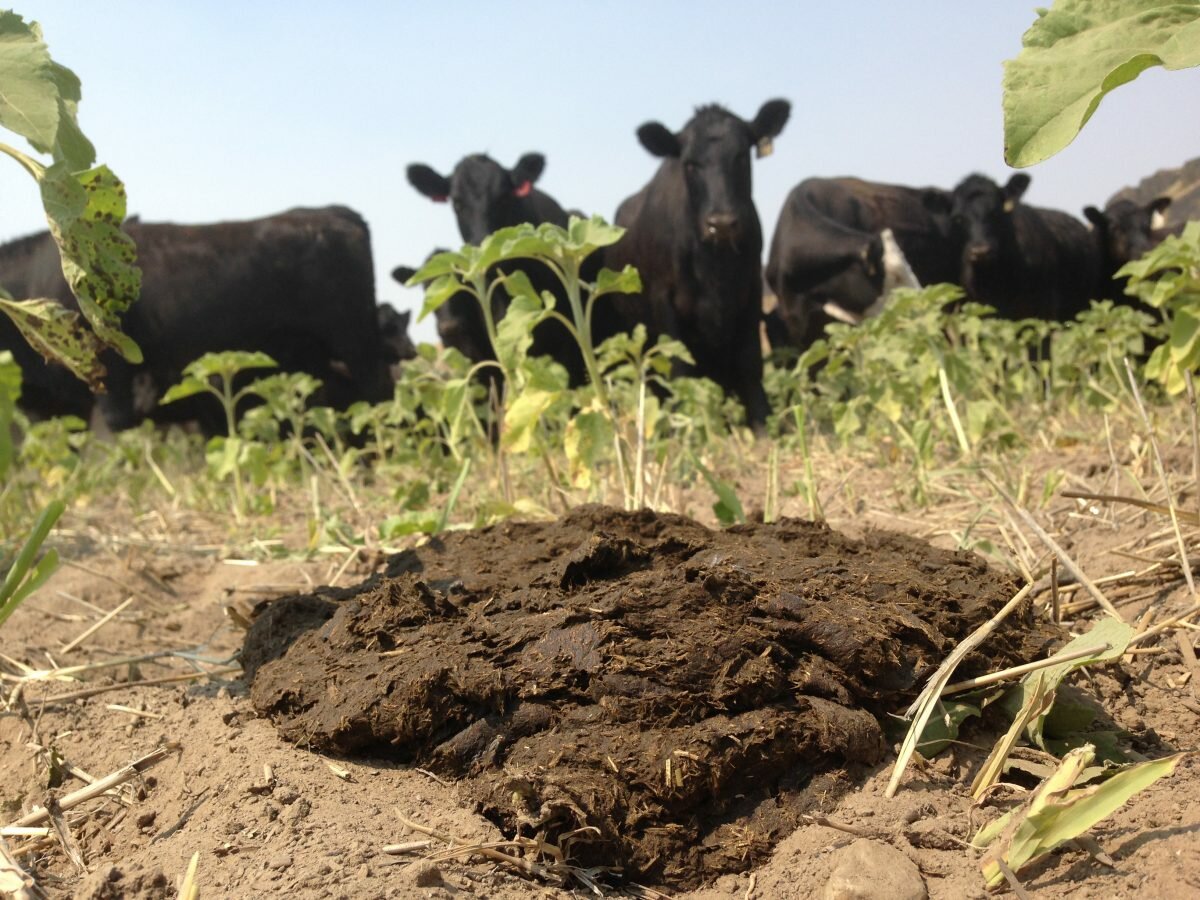Following a National Forum on Cover Crops and Soil Health, producers became interested in conducting on-farm demonstrations to improve soil health through cover crops.

Subsequently, the Okanogan Conservation District applied for and received several grants to begin working with cover crops on dryland wheat-fallow. This kicked off a four year project that began in 2014. The idea was to see how cover crops affect soil moisture, but the project soon morphed into looking into the effects of cover crops on soil health and yield.
The project has now grown to 16 producers across four counties in central Washington.

Dryland wheat-fallow production areas in the inland Pacific Northwest suffer from widespread soil degradation. Cover crops have been shown to improve soil health and increase crop yield in many other agricultural regions. Producers in eastern Washington are interested in growing cover crops to improve soil health and meet long-term production goals.
This study demonstrated wide variability across sites, seasons, and years in Northcentral Washington with cover crops in wheat -fallow. Producers who planted cover crops reported reduction of one chemical herbicide application, and two with livestock integration.

To learn more about this project and the results, read this informational flyer provided by the Okanogan Conservation District, the Department of Crop and Soil Sciences, Washington State University, and the Whatcom Conservation District.

